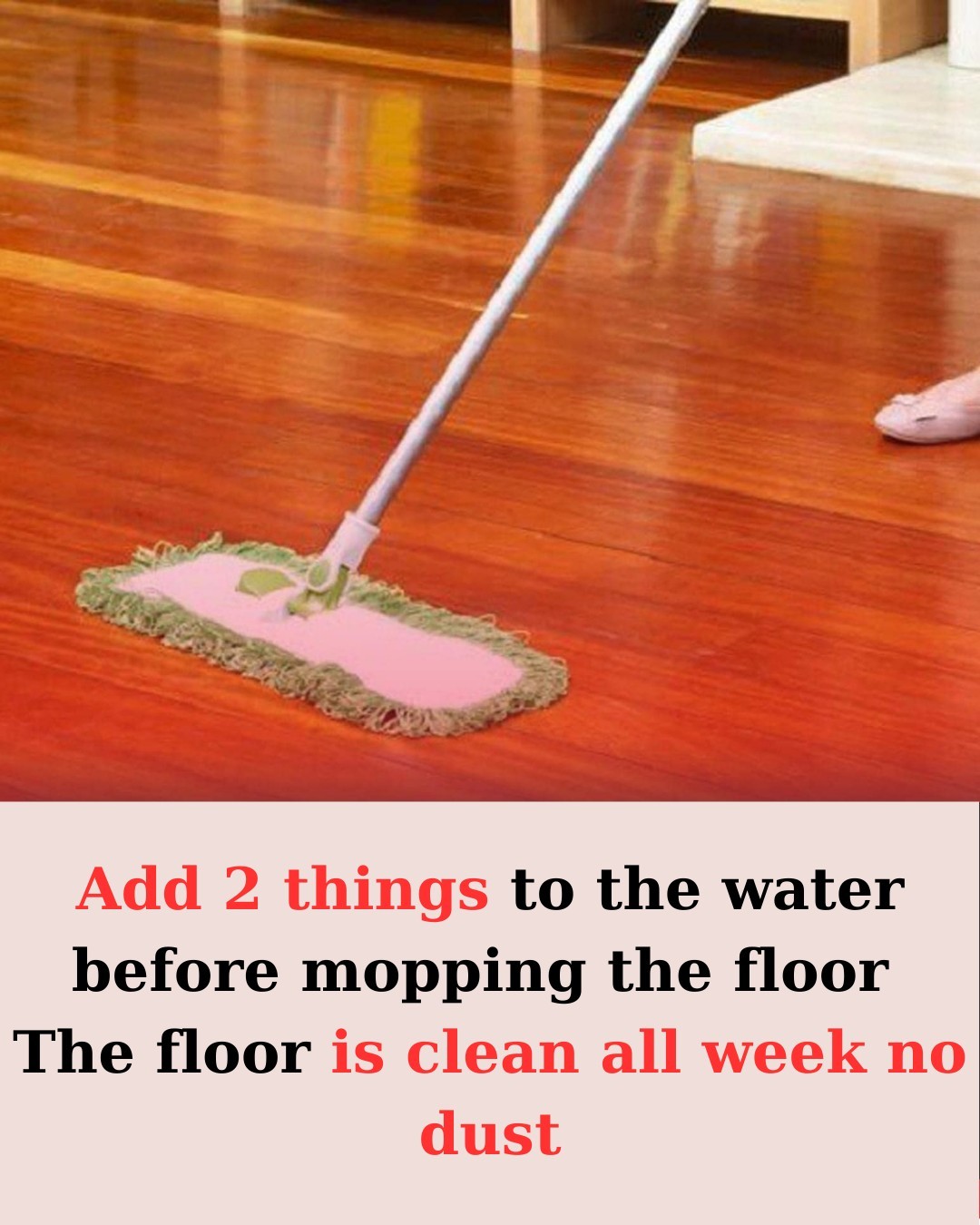ADVERTISEMENT
Now that you know what to add, let’s walk through the steps to make the perfect mop water:
- Fill Your Bucket: Start by filling a bucket with hot water (about a gallon). The hot water will help dissolve dirt and grime more effectively.
- Add the Vinegar: Pour in 1 cup of white vinegar into the water. This will help cut through grease and disinfect the floor as you mop.
- Add the Dish Soap: Drop in 1 to 2 teaspoons of dish soap (or Castile soap, if you prefer a more natural alternative). This will help lift dirt and grease, leaving your floors sparkling.
- Stir the Solution: Give your mop water a gentle stir to mix the ingredients together. You’ll notice the water becoming slightly bubbly from the dish soap, which will help with the cleaning process.
- Mop Away: Dip your mop into the solution, wring it out to avoid excess water, and start mopping. Be sure to change the water if it gets too dirty during the process for the best results.
The Benefits of Using This Mop Water Solution
- Cost-Effective: Vinegar and dish soap are both very affordable, and you likely already have them in your kitchen. There’s no need to buy expensive floor cleaners anymore!
- Natural and Safe: This solution is natural and non-toxic, which is perfect if you have pets or young children who spend a lot of time on the floor. You won’t be using any harsh chemicals that could harm the environment or your health.
- Streak-Free Finish: The combination of vinegar and dish soap creates a streak-free shine on most floor types, including tile, laminate, hardwood, and vinyl.
- Deeper Clean: While vinegar breaks down grime and disinfects, the dish soap provides scrubbing power to lift dirt. Together, they work like a charm to give your floors a deeper clean than traditional mop water.
- Pleasant Scent: Unlike most floor cleaners that mask odors with artificial fragrances, this method eliminates odors and leaves your home smelling fresh without a chemical aftertaste.
A Few More Tips for Mopping
- Use a Microfiber Mop: Microfiber mops are fantastic for trapping dirt and debris. They work especially well with the solution above and help ensure your floors get as clean as possible.
- Don’t Over-Wet Your Floors: When mopping, be sure not to use too much water. Excess moisture can damage certain floor types, especially wood. Wring out the mop before you use it to prevent this.
- Test on a Small Area First: While this solution is safe for most floors, always test it on a small, inconspicuous area first to ensure compatibility.
Final Thoughts
Mopping doesn’t have to be a chore—it can actually be a satisfying and easy process, especially when you use the right ingredients. By adding vinegar and dish soap to your mop water, you’ll elevate your cleaning routine and achieve a deeper, more effective clean without breaking the bank on commercial cleaners. Plus, you’ll enjoy fresher-smelling floors that are free from harmful chemicals.
Give this simple trick a try the next time you mop, and see just how much better your floors can look and feel!
